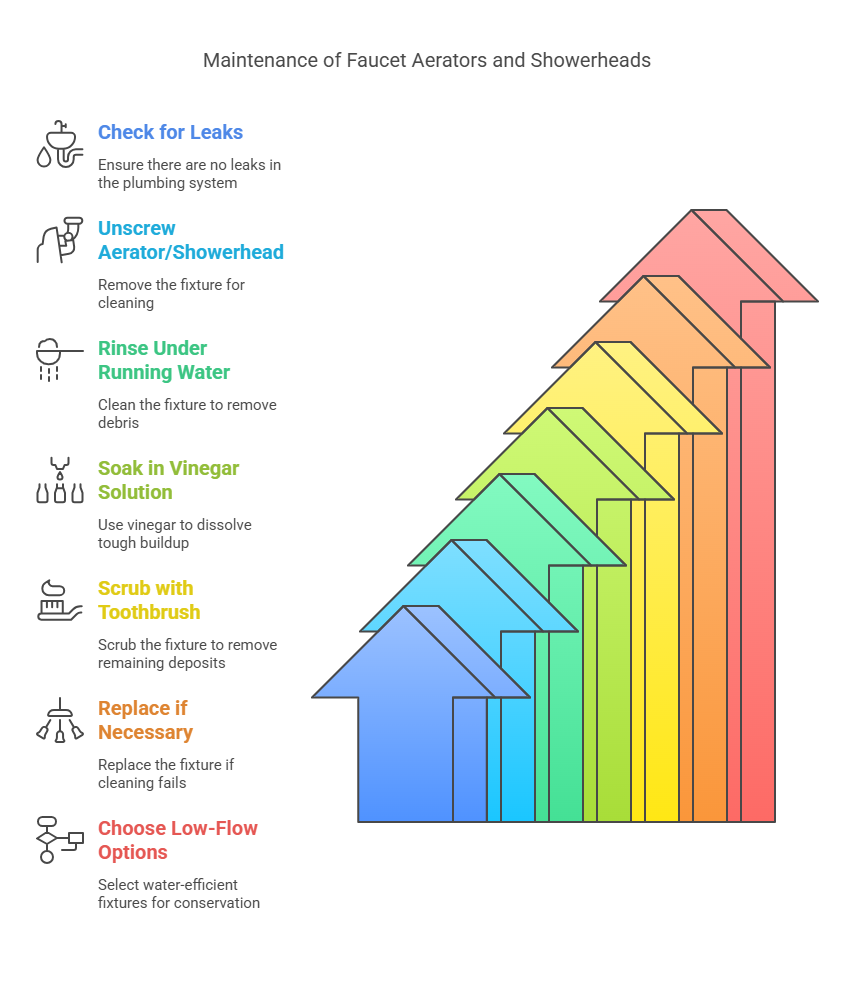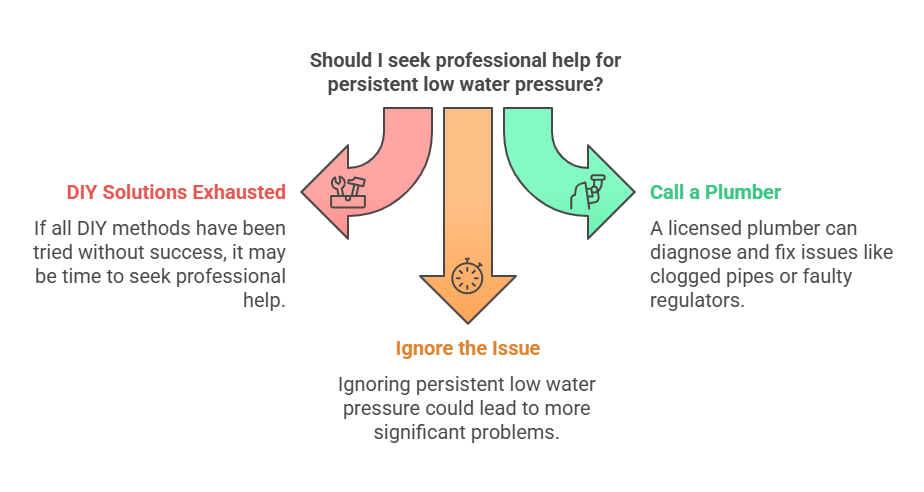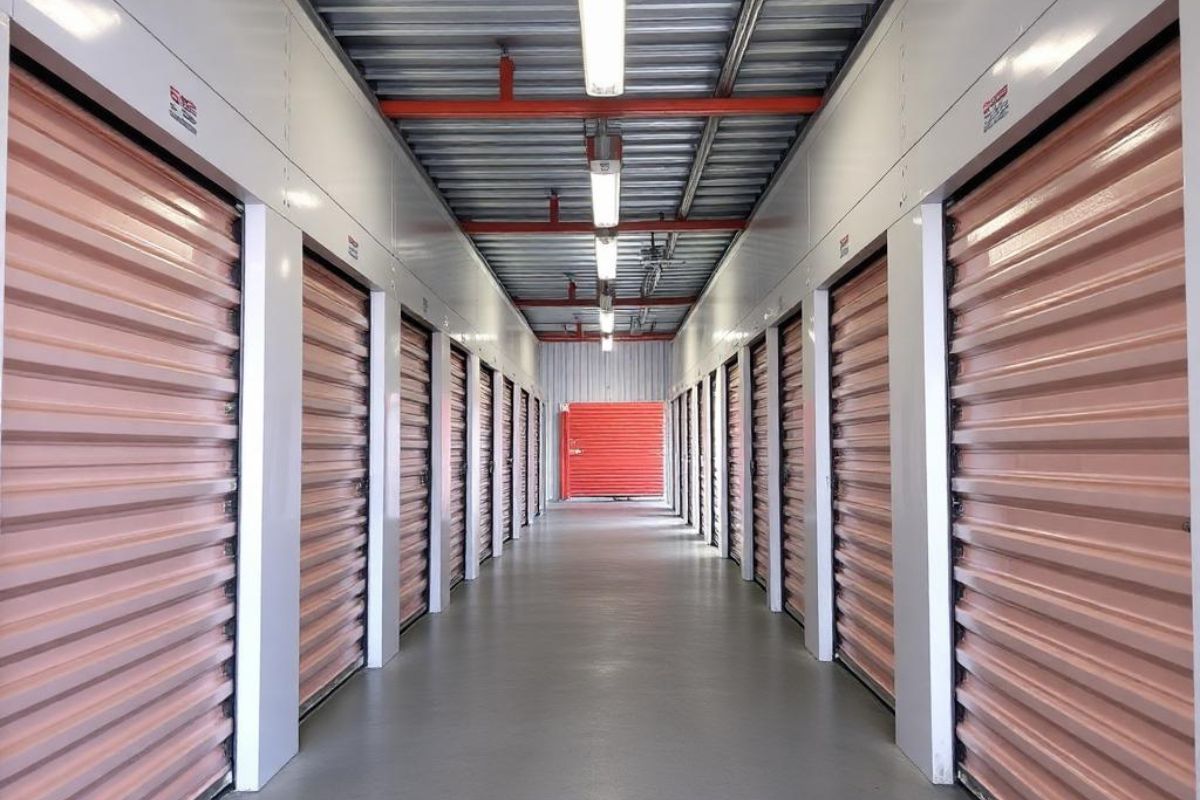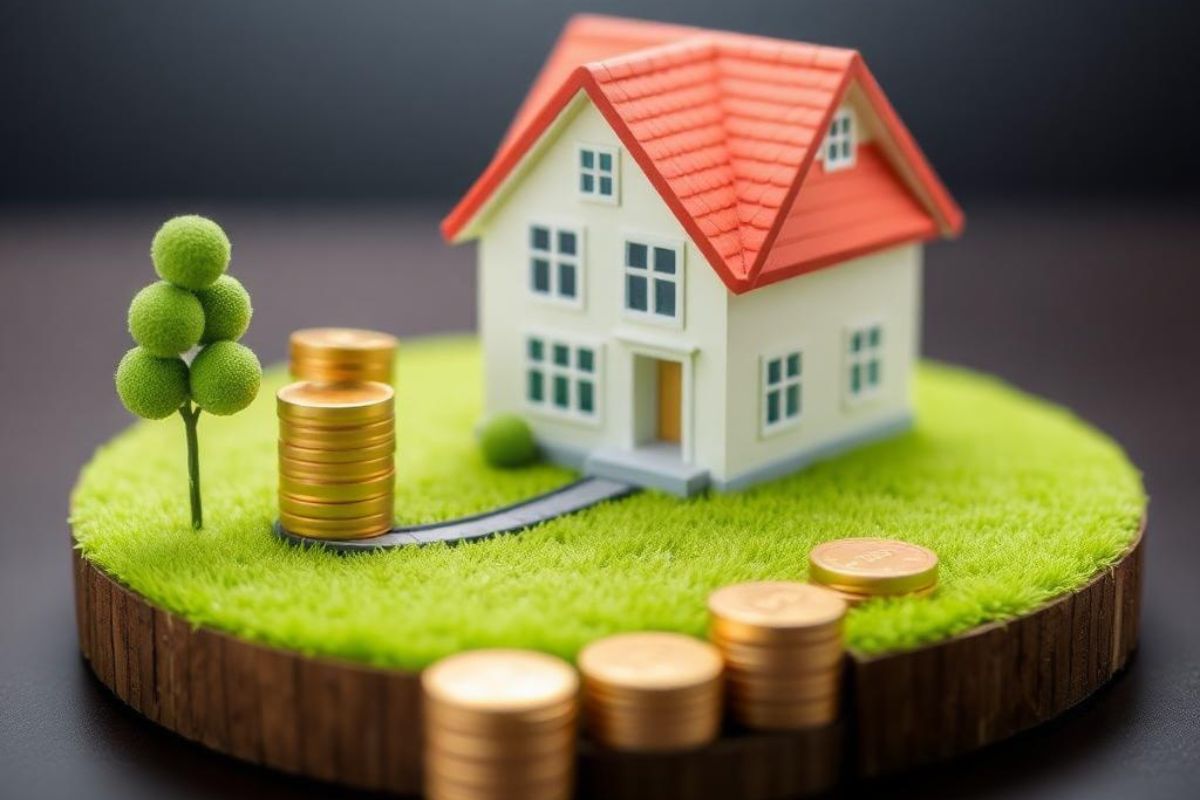How to Increase Water Pressure in Your Home: Expert Tips
.jpg)
If you're facing low water pressure at home, first check for leaks in your plumbing system, as fixing them can greatly boost pressure. Clean or replace aerators and showerheads to remove any mineral buildup. Consider installing a water pressure booster for a quick fix. If pressure issues persist, evaluating your main water line might reveal deeper problems. For more tailored solutions and expert insights, there's more you can explore to enhance your home's water pressure.
- Inspect and clean fixtures like faucets and showerheads to remove clogs from mineral buildup.
- Check for plumbing leaks by monitoring water meter and inspecting visible pipes for moisture.
- Consider installing a water pressure booster to enhance flow from the main water line.
- Evaluate the compatibility of new fixtures with existing plumbing to ensure proper water flow.
- Seek professional help if low pressure persists despite DIY attempts to avoid further plumbing issues.
Understanding the Causes of Low Water Pressure
When you turn on the tap and nothing but a trickle comes out, it can be frustrating, especially if you’re not sure why your water pressure is low. Several factors could be at play. First, check if there are any clogs in your faucets or showerheads, as mineral buildup can restrict flow. Next, consider the size of your pipes; older homes often have narrower pipes that limit water pressure. If you’ve recently added new fixtures, they might not be compatible with your system. Additionally, municipal supply issues can cause temporary drops in pressure. Finally, verify your pressure regulator is functioning properly, as a malfunction can greatly affect overall water pressure. Understanding these causes is the first step toward fixing the problem.
Checking for Leaks in Your Plumbing System
Before diving into solutions for low water pressure, it’s essential to check for leaks in your plumbing system, as even small leaks can considerably impact overall pressure. Start by inspecting visible pipes for any signs of moisture or corrosion. Pay special attention to areas around joints and fittings, where leaks often occur. Don’t forget to check your water meter: if it’s running while all faucets are off, you likely have a leak. If you suspect hidden leaks, consider using a moisture meter or hiring a professional. Fixing leaks not only improves water pressure but also saves you money on your water bill. Once you've addressed any leaks, you’ll be in a better position to tackle other issues affecting your water pressure.

Cleaning or Replacing Faucet Aerators and Showerheads
After ensuring there are no leaks in your plumbing system, the next step is to check the faucet aerators and showerheads. Over time, mineral deposits can clog these fixtures, reducing water pressure. Start by unscrewing the aerator or showerhead. Rinse it thoroughly under running water to remove any debris. For tough buildup, soak it in a vinegar solution for about an hour and scrub with an old toothbrush. If cleaning doesn’t restore flow, consider replacing the aerator or showerhead entirely. Choose low-flow options to maintain pressure while conserving water. Regular maintenance of these fixtures can greatly improve your home’s water pressure and enhance your overall showering and washing experience. Don't overlook this simple yet effective step!
Installing a Water Pressure Booster
If you find that your water pressure is still lacking despite your cleaning efforts, installing a water pressure booster might be the solution you need. These devices can considerably enhance water flow throughout your home, making showers more enjoyable and improving appliance performance.
Start by choosing the right booster for your system; you’ll find options ranging from simple inline pumps to more complex systems. Verify it’s compatible with your plumbing and meets your pressure requirements.
Once you’ve got your booster, follow the manufacturer’s instructions for installation. Typically, it involves connecting it to your main water line, securing it in place, and plugging it into a power source. With the right setup, you’ll soon enjoy the improved water pressure you’ve been craving!

Evaluating Your Home's Main Water Line
To determine whether your home's main water line is contributing to low water pressure, you'll want to conduct a thorough evaluation of its condition and capacity. Start by checking the age of your pipes; older galvanized or iron pipes can corrode and restrict flow. Next, look for visible leaks or water stains, which may indicate line damage. Assess the size of your main line; a line that’s too narrow for your home’s needs can lead to pressure issues. Finally, consider the overall water demand in your household. If you’re using multiple fixtures simultaneously, it may overwhelm your main line. By carefully inspecting these factors, you can identify potential problems and take the necessary steps to improve your water pressure.
Seeking Professional Help for Persistent Issues
Even after evaluating your main water line, some issues may persist, signaling the need for professional assistance. If you've tried all the DIY methods and still experience low water pressure, it's time to call in an expert. A licensed plumber can pinpoint underlying problems like clogged pipes, faulty pressure regulators, or issues with your municipal water supply.

They’ll utilize specialized tools to diagnose and fix the problem efficiently. It’s important not to ignore persistent low pressure, as it could lead to more significant plumbing issues down the road. Remember, investing in professional help can save you time, money, and hassle in the long run, ensuring your home enjoys consistent and adequate water pressure.
Conclusion
By following these expert tips, you can boost your home's water pressure and enjoy more efficient plumbing. Start by identifying the causes of low pressure and checking for leaks. Don't forget to clean your faucet aerators and showerheads regularly. If issues persist, consider installing a water pressure booster or evaluating your main water line. Remember, when in doubt, seeking professional help can save you time and hassle. Enjoy your improved water flow and all the benefits that come with it!









